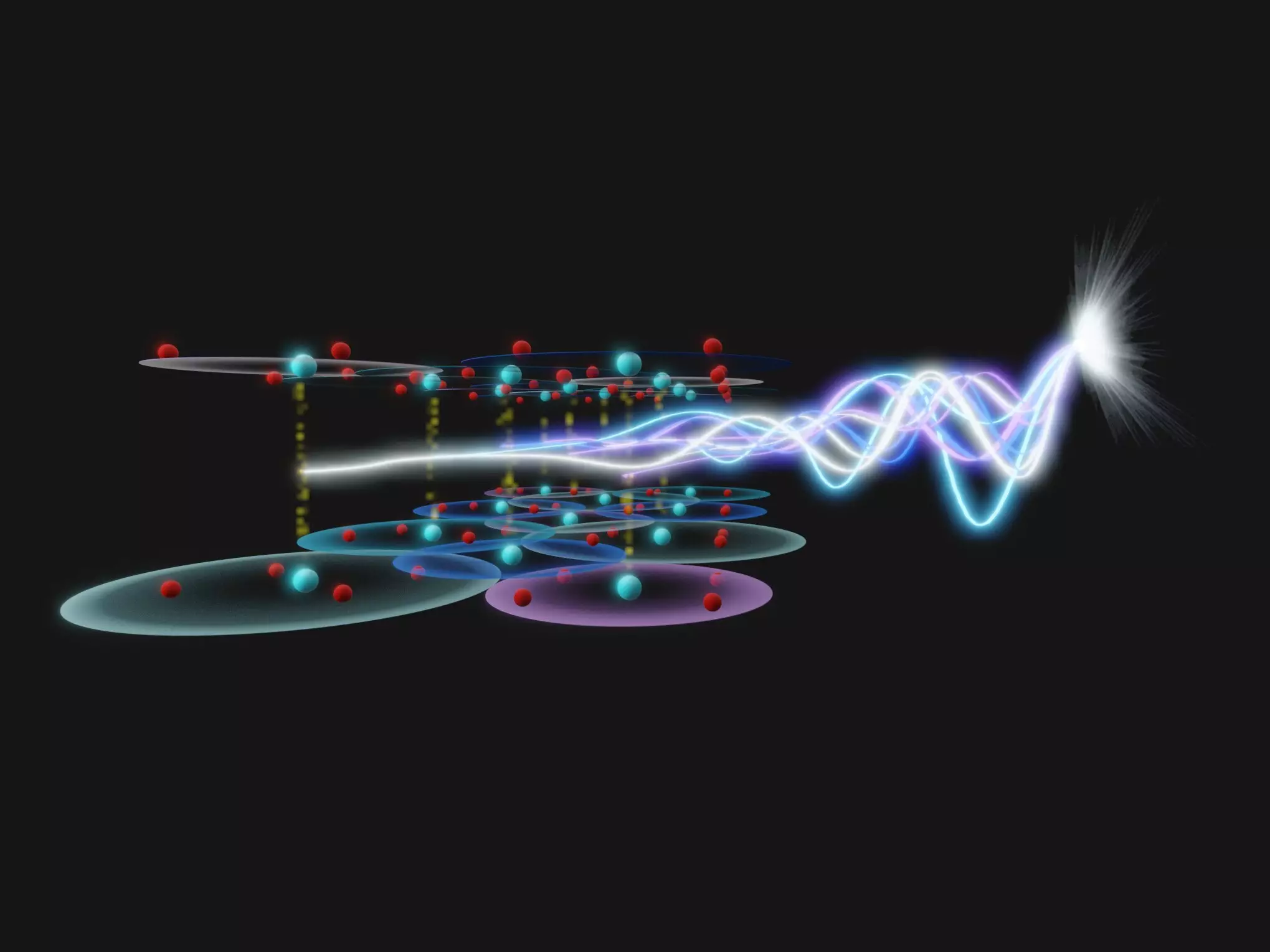Superconductivity, characterized by the ability to conduct electricity without resistance, is a phenomenon that continues to intrigue scientists due to its potential applications in technology. Among the most notable of these materials are high-temperature superconductors, such as the cuprate class, notable for their superconducting capabilities at relatively elevated temperatures (around -170°C). One of the key factors governing the behavior of these superconductors is disorder, a variable often introduced through chemical doping. Understanding how this disorder impacts superconducting properties is crucial for both theoretical and practical advancements in the field. Nonetheless, studying disorder has historically posed significant challenges, particularly near transition temperatures.
Disorder within superconductors has a complicated interplay with their electronic properties. Variations in chemical composition lead to significant deviations in the behavior of superconductors. Traditional methods have focused on highly controlled environments, such as employing scanning tunneling microscopy, but these techniques are limited because they only work at very low temperatures. As a result, researchers were often unable to observe relevant physical phenomena occurring at transition temperatures. The challenge is to develop methodologies that can measure disorder with the needed precision, even when temperatures are comparatively higher.
In a groundbreaking endeavor, a collaborative research team from the Max Planck Institute for the Structure and Dynamics of Matter (MPSD) and Brookhaven National Laboratory introduced a novel approach that leverages terahertz pulses of light. Drawing from techniques employed in nuclear magnetic resonance, the researchers adapted these methodologies to terahertz spectroscopy, enabling them to track disorder up to and beyond the superconducting transition temperature. This pioneering technique allows researchers to observe the transition from normal to superconducting states, thereby revealing how disorder evolves during this critical phase change.
Methodology: Two-Dimensional Terahertz Spectroscopy
At the core of the research is a technique called two-dimensional terahertz spectroscopy (2DTS), modified to operate in a non-collinear geometry. By employing this advanced method, the researchers can focus on specific nonlinearities in the terahertz emission. Their study centered on the cuprate superconductor La1.83Sr0.17CuO4, which is particularly opaque to light. The 2DTS technique uncovered novel phenomena, designated as “Josephson echoes,” which indicated a revival of superconducting transport post-excitation by terahertz pulses.
This critical observation demonstrated that the disorder present in the superconducting transport was substantially lower than the disorder recorded through traditional spatial techniques, suggesting a discrepancy in the understanding of disorder’s impact on superconductors. The results provided invaluable insight into the effective disorder in these materials, indicating a stable condition even at elevated temperatures, roughly 70% of the transition temperature.
This study not only sheds light on the complexities of cuprate superconductors but also opens avenues for further research. The authors emphasize the versatility of angle-resolved 2DTS, which can be pivoted toward exploring other superconductors and quantum materials. The ultrafast nature of the technique presents an opportunity to study transient states of matter—phenomena that are typically too fleeting for traditional methods to capture.
The innovative work from the MPSD and Brookhaven National Laboratory marks a significant step forward in the field of superconductivity. By introducing a method that allows comprehensive disorder analysis closer to transition temperatures, researchers can now tackle long-standing questions regarding the interplay between chemical composition and superconducting behaviors in novel materials. The findings here set a cohesive framework for future investigations aimed at enhancing our understanding of superconductors and possibly revolutionizing technology through improved materials.



Leave a Reply